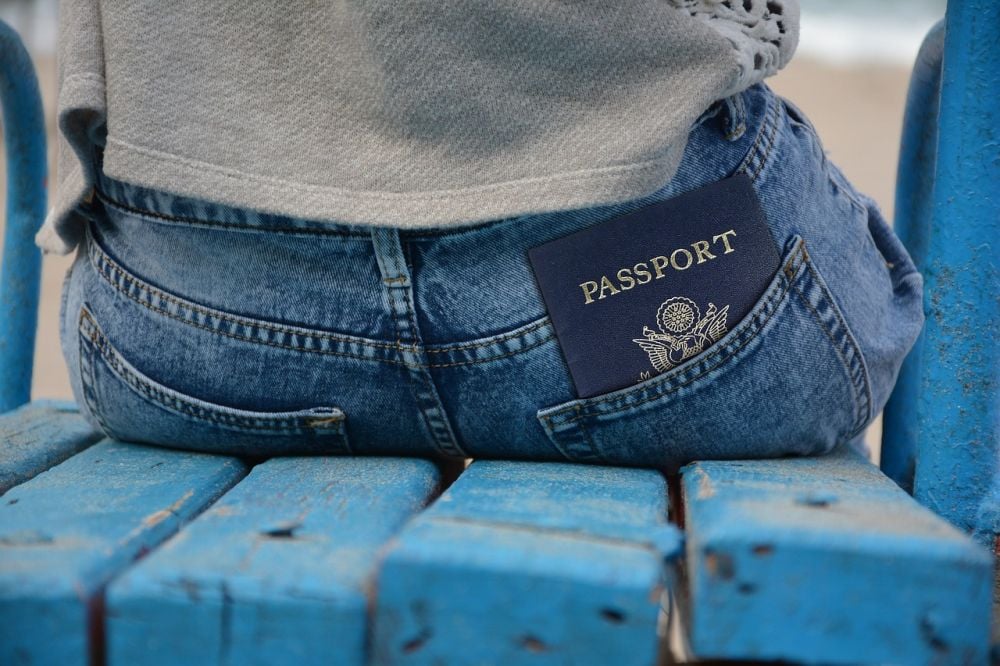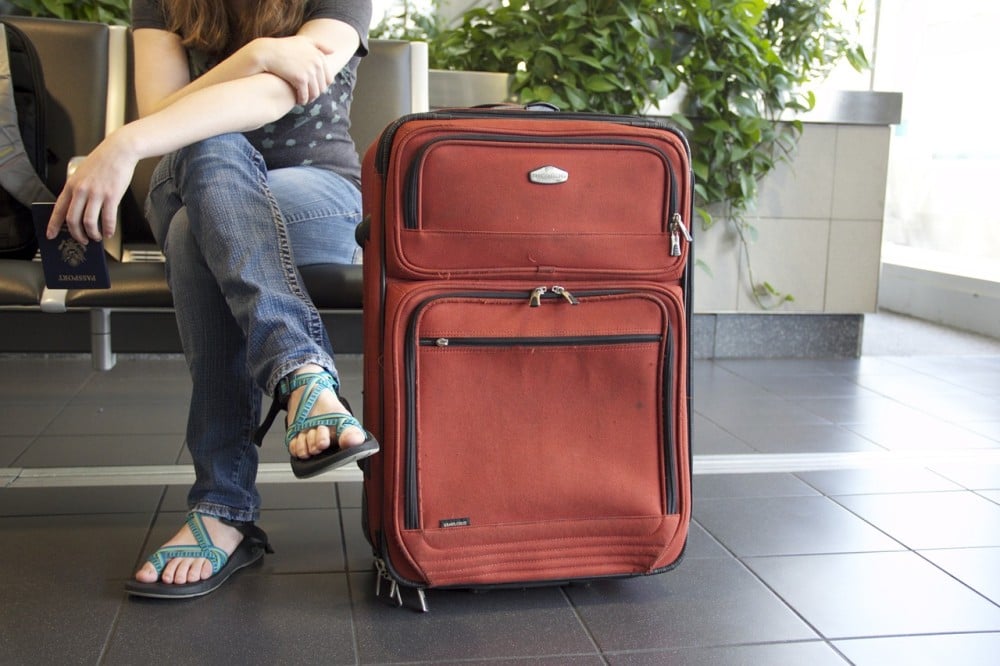This Is the Worst Place to Store Your Passport When Traveling
Losing a passport during a trip is one of the quickest ways to turn your dream vacation into a nightmare. Imagine navigating crowded streets, encountering chaotic markets, or rushing for a train, only to realize your passport is nowhere to be found. Unfortunately, this scenario plays out frequently. According to the U.S. State Department, over 300,000 American passports are reported lost or stolen annually. That’s a staggering number of disrupted trips.
The good news? Proper precautions can minimize the risk of being part of that statistic. Below, we’ll unpack the worst places to store your passport while traveling and explore the safest options to ensure your most important travel document stays secure. With expert insights and data-driven advice, you’ll be better equipped to keep your travels smooth and stress-free.

Worst Place to Store Your Passport
Hands down, the worst place to store your passport is in your back pocket—or any pocket that’s easily accessible. The reason is simple yet significant: pickpockets.
A 2024 report from Quotezone reveals that pickpocketing remains a prevalent issue, especially in Europe’s top travel destinations. Italy leads the list of places with the highest number of reported incidents, tallying 478 incidents per million visitors. France isn’t far behind with 251 cases, and Spain and Germany rank next with 111 incidents each. These numbers highlight the importance of keeping your valuables—especially passports—out of reach from opportunistic thieves.
Travel expert Katy Nastro, spokesperson for the Going travel app, emphasizes that passports are particularly attractive to pickpockets due to their instantly recognizable size and shape. “Keeping it in a bag in plain sight is never the best move,” she says.
The back pocket, while convenient, is especially vulnerable. Once, a cleverly positioned biker lifting a phone or passport from a pocket can disappear into the crowd before the victim even realizes what’s happened. Even locals aren’t always immune to these swift-fingered thieves.
Safest Places to Store Your Passport While at Your Accommodation
When you’re not actively using your passport, the primary rule should be to store it securely and out of sight. Nastro suggests that “a hotel safe is still the default for many people, and it’s often the safest option—pun intended.” However, using a hotel safe requires due diligence. Always verify that the safe is functioning correctly and secure before leaving valuables inside.
It’s important to remember that hotel safes aren’t foolproof. They are often the first place thieves check during a break-in, and travelers sometimes forget their passports in the safe when they are in a hurry. Nastro offers a clever tip to avoid this mishap: “I always keep a shoe or toiletry bag in the safe the night before departure,” she says. “You never pack just one shoe, so seeing a lonesome shoe is a great reminder to grab its partner—and your passport.”
An alternative safe storage solution is a locked suitcase. TSA-approved luggage locks can prevent unauthorized access while also keeping everything centralized, especially in accommodations without safes. For digital peace of mind, consider using small tracking devices like an Apple AirTag or Tile affixed to your luggage, giving you an extra layer of security.
Safest Ways to Keep Your Passport While On the Move
Traveling with your passport may be unavoidable, especially in countries like Japan, where laws require you to carry it with you at all times. To ensure your passport stays secure, follow these best practices:
- Internal Pockets and Hidden Pouches: Use jackets or bags with internal zippered compartments. Alternatively, opt for a money belt or travel wallet worn under your clothing for greater safety.
- Crossbody Bags: Crossbody bags are a popular choice among seasoned travelers. Select one with anti-theft technology, such as RFID blocking, slash-resistant material, and locking zippers.
- Tracking Devices: Much like using an Apple AirTag in a suitcase, you can attach these devices to a passport case. This allows you to quickly locate your passport should it be misplaced.
Nastro also points out that some travelers in the European Union carry their passports for VAT tax refunds or as a backup ID. However, in Western Europe, activities often specify if a driver’s license or another form of ID is sufficient. Always check the entry requirements and local laws at your destination, so you’re prepared without carrying your passport unnecessarily.
Lost or Stolen Passport? Here’s What to Do
Even with the best security measures, accidents or thefts can happen. If your passport is lost or stolen, replacing it becomes a top priority. According to the U.S. State Department, travelers will need to:
- Visit the nearest U.S. embassy or consulate.
- File a police report if required for documentation in some destinations.
- Bring supporting documents, including a secondary ID, passport photo, and travel itinerary.
Keep in mind that once your lost passport has been reported, it’s voided for international travel—even if you recover it later. Treat it as expired, and proceed with obtaining a new one.
According to International SOS, the time it takes to replace a passport can vary significantly by location, so research embassy requirements before your trip. Additionally, consider printing scanned copies of your passport to help streamline the process in an emergency.
Proactive Passport Safety Strategies
Lastly, proactive strategies can prevent passport-related issues from ruining your trip:
- Print Backup Copies: Keep both paper copies and digital scans of your passport. Share a digital version with a trusted family member.
- Use an RFID Blocker: Many travel wallets now feature RFID-blocking technology, which prevents data theft from modern passports embedded with chips.
- Know Your Embassy Contacts: Before traveling, jot down the nearest U.S. embassy’s location and emergency contact information. Having it on hand can save you valuable time.
Simplify Your Next Trip
Your passport is the golden ticket to exploring the world, so keeping it secure should be a top priority on any trip. By avoiding high-risk storage spots like back pockets, making use of secure storage options, and following the best practices above, you can ensure smoother travels (and fewer headaches).
Travel is all about making unforgettable memories—not dealing with unnecessary stress. Apply these safety tips and strategies, and enjoy your trip with complete confidence! Safe travels!






